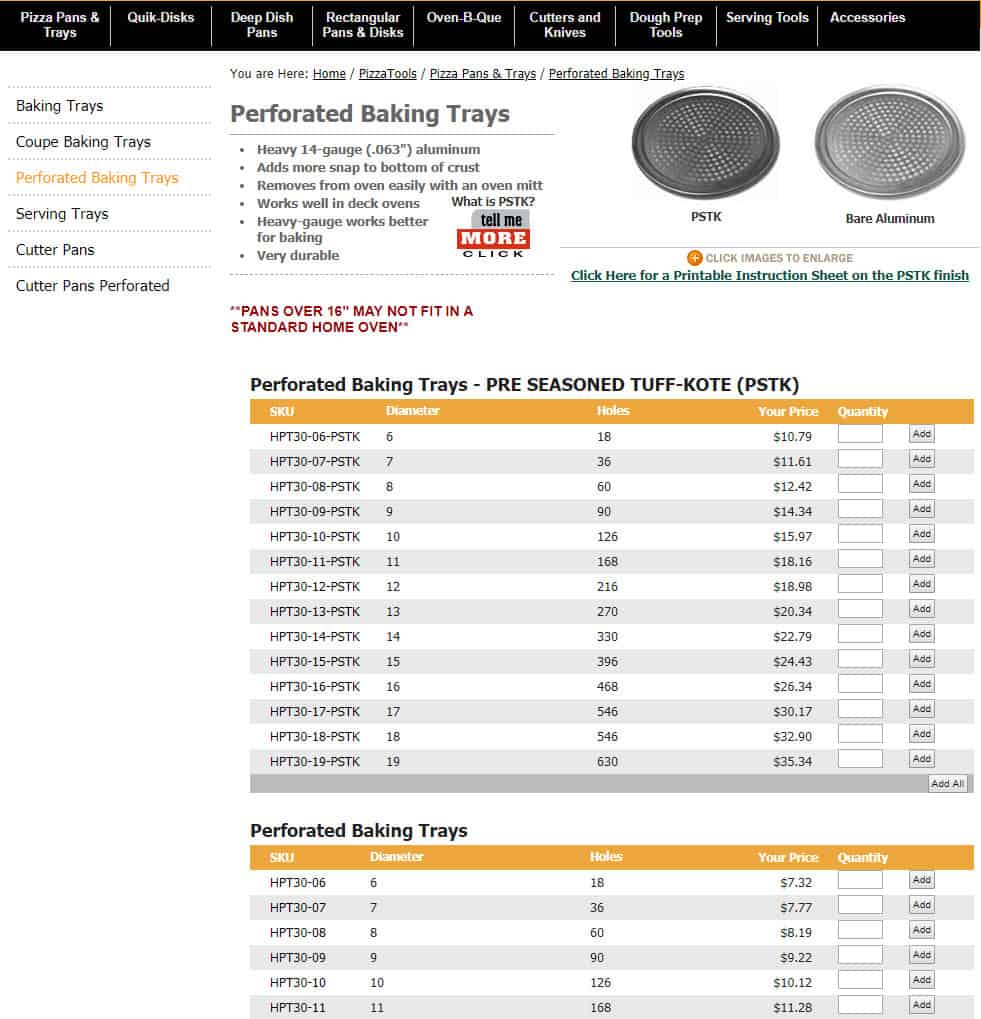Sage 300 Item Number Segmentation – Why Bother?
An integrated Web Store Perspective
Sage 300 is a powerful and flexible solution for many businesses of varying sizes. Its configuration options allow for this diversity in customers. A skilled Sage 300 consultant can determine the best setup for a specific customer and implement it.
One of those configuration options (perhaps seldom utilized) is the Inventory Control Item Structure. Below is a brief description of this feature and its benefits. Your Sage Authorized Partner can help you design item codes that will work best for you.
Sage Item Number Options
An item number in Sage can contain up to 24 alpha numeric characters (including segment separators) and up to 10 segments. There are also 8 options for item prefixes or segment separators. You can even define an unlimited number of different item structures for different types of items. For example, some items may use a structure of XXX-XXX and others could be XX-XXX-XX-XXXX, depending on the nature of the item in questions.
You would typically use the segmentation to define item attributes like color or size, or perhaps with a manufacturer prefix, or some other attribute or categorization. It is a good idea to take some time to study your product line to determine the item number structure or structures that will best serve your business. You can learn more about item number formats here.
What’s the Point?
Granted there may be some work involved setting up your item structures and defining the different segments with their associated values. Why would you go through the trouble of doing that?
As the title eludes to, it will make life easier if you have or plan to have a web store that is integrated to Sage 300 which we will touch on in a moment. But beyond that there are other benefits to the business.
Ease of use
In simple terms, it just makes Sage much easier to use. You can find and maintain your products more easily, get better reporting, and more.
Let’s look more closely at 2 distinct benefits.
Business Intelligence/Reporting
Better data means more opportunity to report and analyze that data to better manage your business. On the one hand you will be able to better report on sales data – which products or variations of products sell best and yield greater return on investment. You may also be able to control purchasing habits better and be able to compare your purchasing history against sales history to spot any disconnects that unnecessarily tie up working capital. It will help you keep tighter control of your inventory so you don’t overstock certain products (or product variations) while running out of top sellers.
Integrated Web Store
Let’s get back to the primary point of this discussion. What is the impact of a properly segmented item number on an integrate web store?
The purpose of an integrated web store is to eliminate the need to keep it updated independent of your Sage 300 system. A properly integrated web store will automatically inherit all of our items and associated data, including customer specific pricing, and make them available on your web store. That’s just one aspect of the integration, of course, but since it’s the point of this article, we’ll expand on it.
Here’s one example of item segments at work on a web store.

In this example we have 3 segments in play. Check out the cookie crumble trail “You are Here: Home / PizzaTools / Pizza Pans & Trays / Perforated Baking Trays”. That represents the category placement of the item group. Once you get to the product page you have 3 more segments that now represents the product and its two variations, coated or uncoated and size. Also associated with each product are the number of holes which is stored in an optional field on the item record – more about this later.
Having the item segments set up in Sage allows for easier categorization and grouping of like products resulting in easy navigation for the customer. It also makes it much easier technically to provide the filtering capabilities needed to make the navigation easy and fast.
Take that same concept and apply it to shoes or clothes where you may have segments representing men or women, style, color and size. Think about your product line and apply that logic. You’ll probably be able to come up with a reasonable item number structure or structures that make sense for you.
Filtering & Grouping
Filtering can be a huge help in making the web store more functional. Think, for example, of a store selling plumbing equipment and a shopper wants to limit the products they are presented to only a certain diameter, adding a filter on size to the category page will significantly increase usability and if the size is represented by a segment in the item number, this can also be used for reporting and inventory control as discussed above.
Other options
In addition to item segmentation as a tool for improved data manipulation there are a couple of additional functions in Sage 300 which will increase reporting capabilities and web store functions.
Optional Fields
There are other ways to manage web store navigation ad filtering using Optional Fields. This can be a viable option if redesigning your item numbers is not practical. It’s not the ideal solution due to potential performance concerns (searches and filtering may be slower), but can be very effective. In some cases you may want to or need to deploy both item structures and optional fields. One size usually doesn’t fit all. That’s one reason why Webtelligence sites (shameless plug) are usually designed to be customer specific, respecting image, branding, and idiosyncrasies like we’ve been discussing.
Manufacturers’ Item Number
It’s fairly common for Sage 300 users to simply use the item numbers of their suppliers for simplicity. It makes it easier to replenish inventory when you don’t have to remember different numbers from different suppliers.
Well the clever folks at Sage thought of that too. There is a feature in Sage 300 called Manufacturers’ Item Number that allows you to store the suppliers’ item number that is related to your internal item number. You can use their item number for your purchasing while using your own item number for all other purposes.
Item Number Changer
Let’s say we’ve convinced you that you need to adopt this item segmentation approach, for better system performance or because you’re thinking about getting an integrated web store, or both. What now?
Don’t fret. There are tools and people that will work cheap. Think summer student. And for Sage 300 there are a few of number changer tools available. One is for item numbers so it keeps everything nice and tidy with your history.
But, like the disclaimer says, “don’t try this at home.” Before you embark on any project like this, get the advice of your Sage Authorized Partner. They know your business and they know Sage and these tools. They will be invaluable and help you avoid any missteps.
Conclusion
Think about your own shopping experiences on web stores. Which sites provide a good experience? Are you more likely to shop there more? What made the experience better?
Often it’s the sites where navigation is intuitive and quick, getting you your desired result with no anguish. If the site is not integrated to any back office ERP then this is all managed on the site itself. No problem. In an integrated system, which is the focus of our discussion, this is best inherited from Sage 300. If you have a well thought out item structure, this is easy. If not, it has to be maintained on the site, negating one of the primary reasons for having an integrated web store.
Admittedly this is a bit self-serving. We want to provide awesome web stores for our customers at the lowest possible cost. When customers take advantage of the functionality that Sage 300 provides, it makes our job much easier and as a result, a lower cost for our customers. The added benefit is they get better data to better manage their business. It’s a win win.

